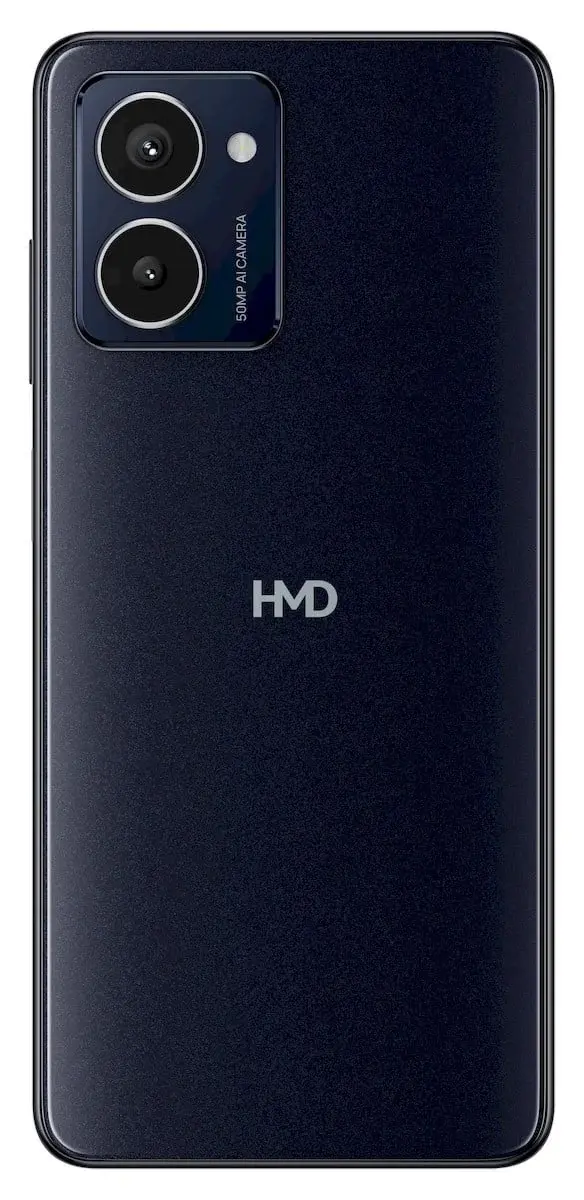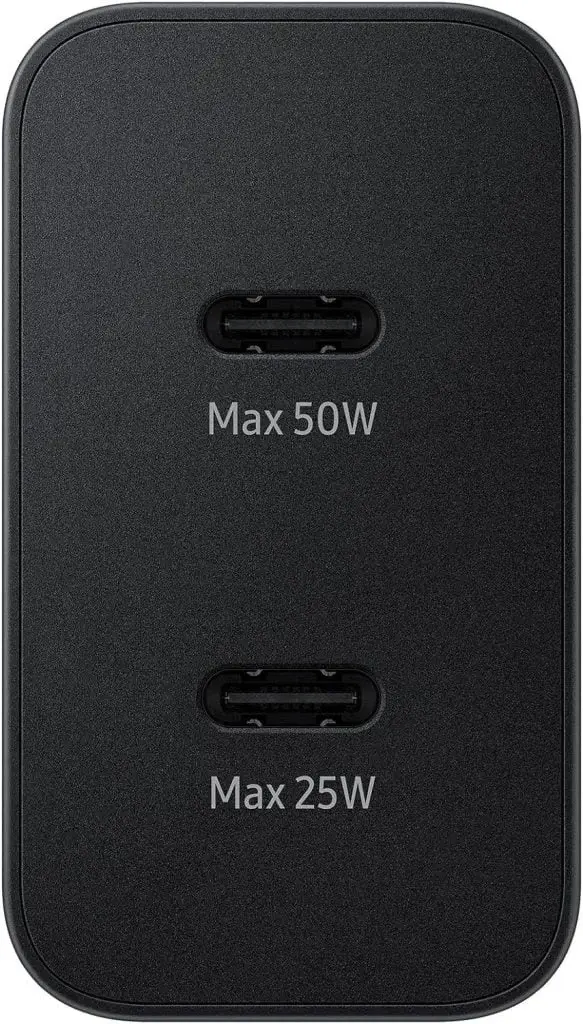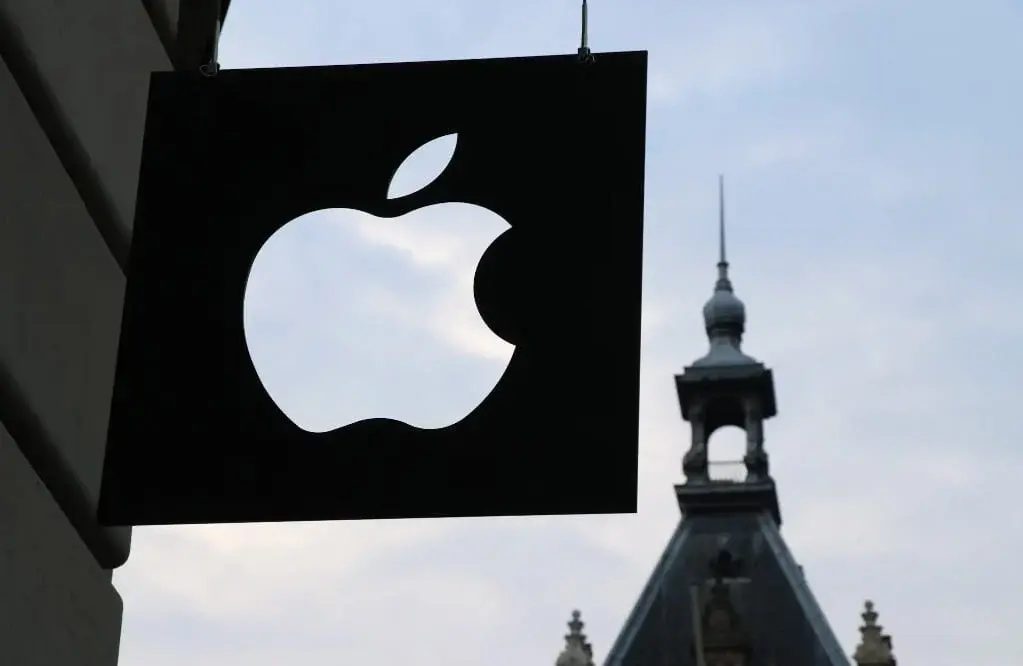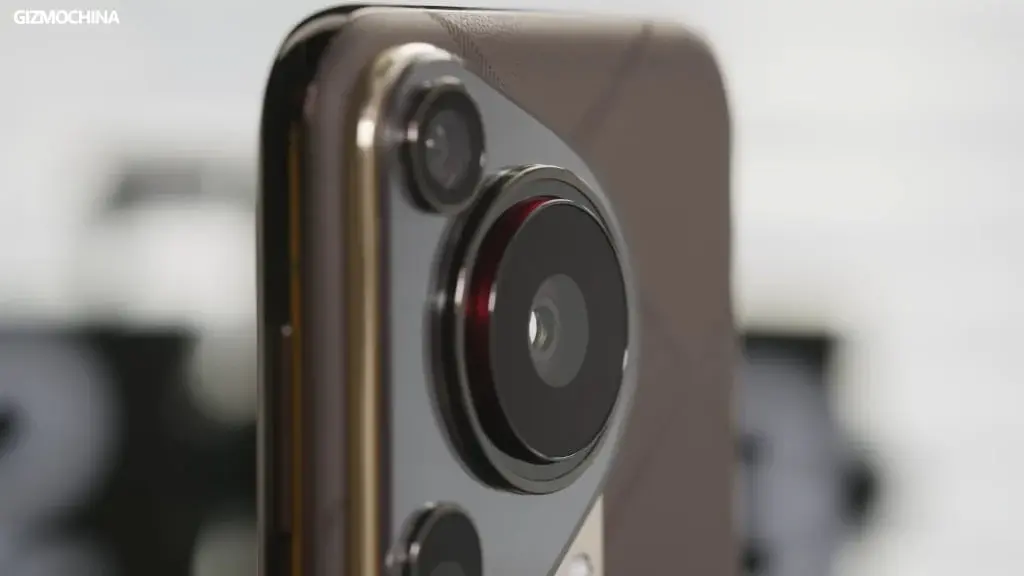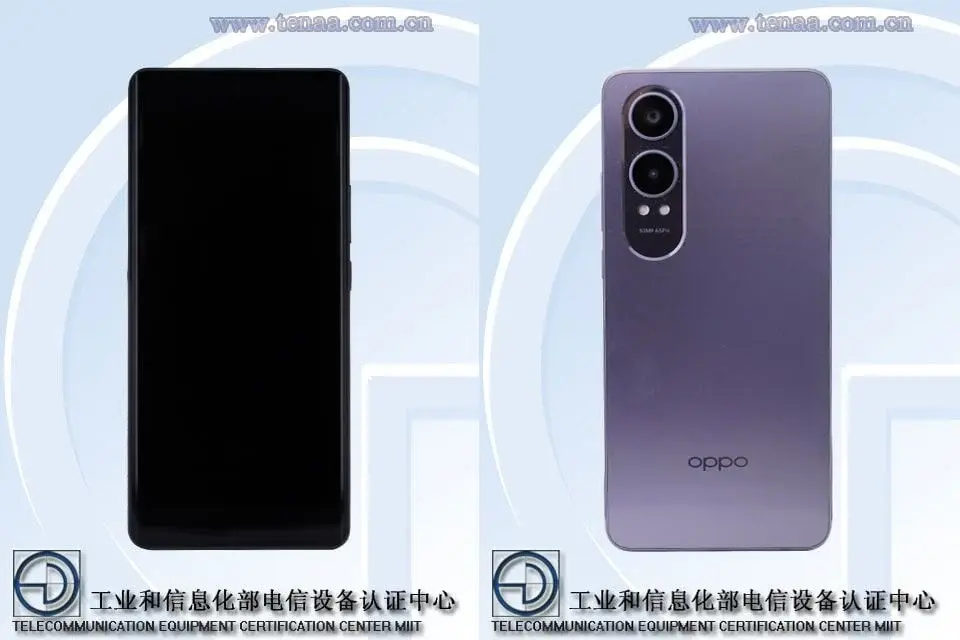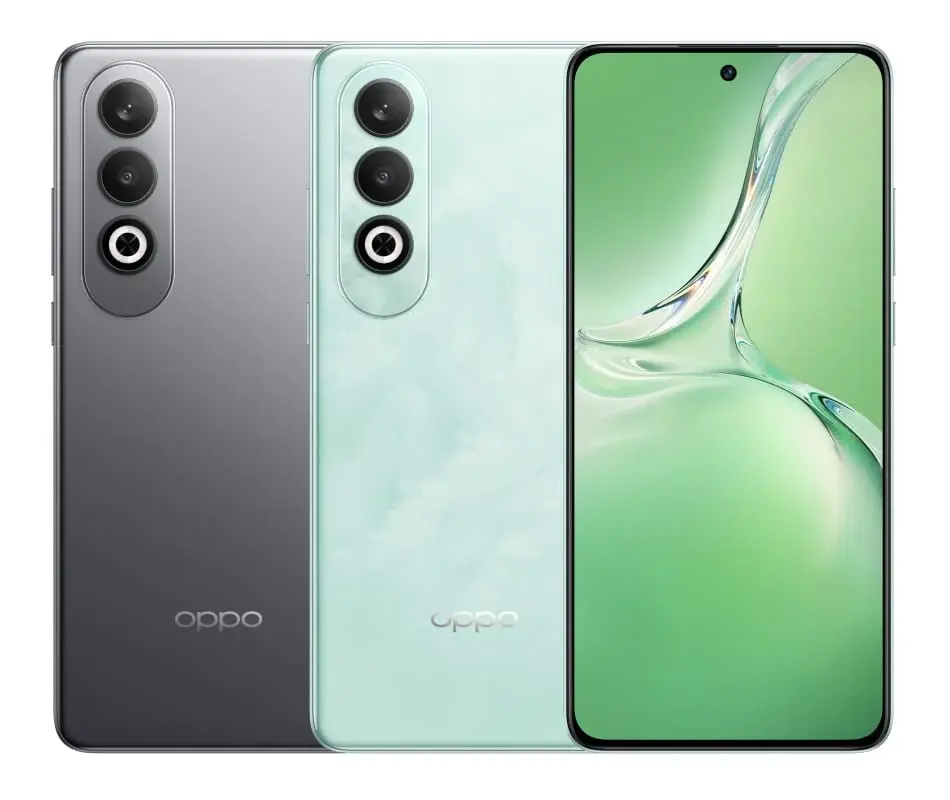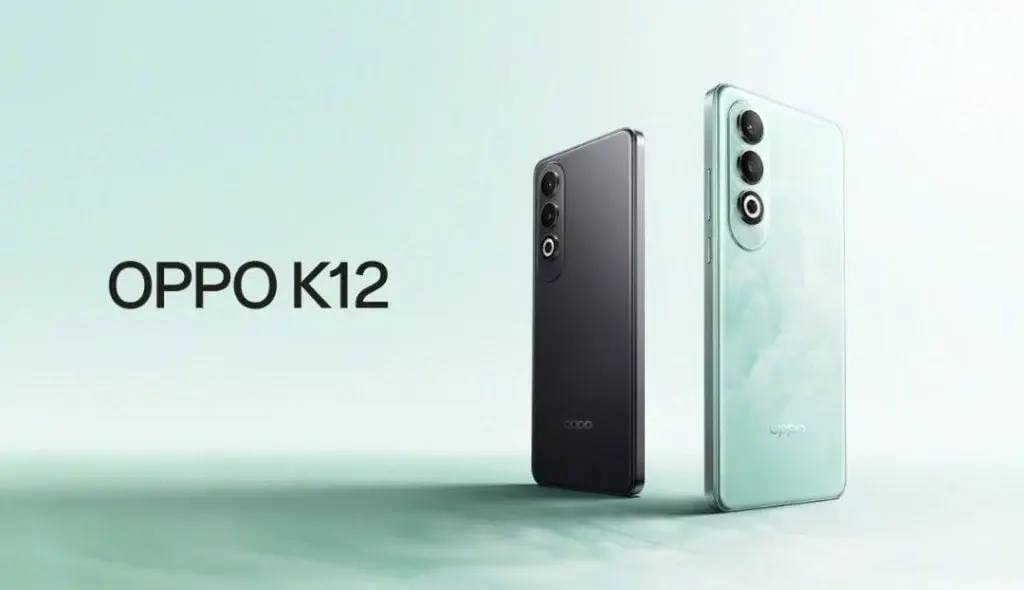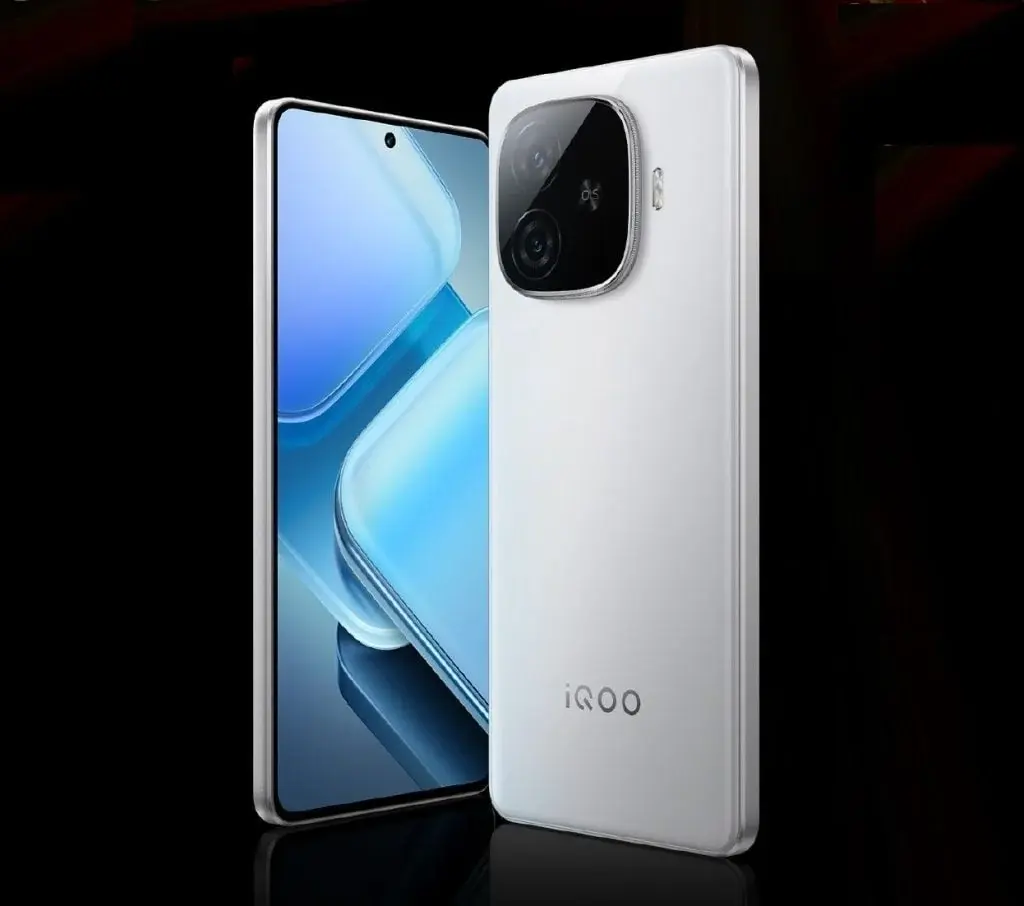In the first quarter of 2024, the smartphone market in China experienced a slight increase of 1.5% compared to the previous year, signaling a positive trend for the industry. Huawei emerged as a standout brand during this period, achieving a remarkable growth rate of nearly 70%. This growth can be attributed to the success of their new 5G Mate 60 series, which captured a significant portion of the high-end market. Meanwhile, HONOR also demonstrated notable growth of 11.5% with the popularity of their X50 and Play 40 models.
Huawei and HONOR's Success
Huawei and HONOR both saw significant growth in the Chinese smartphone market in the first quarter of 2024. Huawei's new 5G Mate 60 series contributed to its impressive growth rate of nearly 70%, while HONOR's X50 and Play 40 models helped the brand achieve an 11.5% increase.
On the other hand, Apple faced challenges at the beginning of the year, experiencing a sales decline of over 19% in China. Factors such as a government ban on Apple devices for employees and Huawei's strong resurgence impacted Apple's performance negatively. Despite implementing discounts and promotions, Apple struggled to maintain its position in the market.
Apple's Challenges and Strategies
Apple encountered difficulties in the Chinese market, with sales declining by more than 19% in the first quarter of 2024. Challenges included a government ban on Apple devices for employees and increased competition from Huawei. In response, Apple is focusing on new strategies, such as introducing new color options and aggressive sales tactics to potentially improve its performance in the upcoming quarter.
Looking ahead, Apple's upcoming earnings report on May 2 will be a crucial moment for the company as it strives to regain its foothold in China's competitive market. The industry is eager to see if Apple can successfully implement its new strategies and turn its performance around.
Apple's Future Outlook
As Apple faces challenges in the Chinese market, the company is implementing new strategies to improve its performance. By introducing new color options and intensifying sales efforts, Apple aims to bounce back from a sales decline of over 19% in the first quarter of 2024. The upcoming earnings report on May 2 will be a pivotal moment for Apple as it seeks to recover in the competitive Chinese market.
The US Department of Commerce is closely monitoring China's increasing interest in RISC-V chip technology, an emerging player in the chip manufacturing sector. RISC-V, an open-source alternative to proprietary technologies like Arm Holdings, is gaining popularity in various applications, including smartphones and AI chips. China's tech giants, including Alibaba, are embracing RISC-V, intensifying the technological rivalry between the US and China.
US Concerns and Actions
The US Department of Commerce is closely watching China's adoption of RISC-V chip technology, a disruptive force in chip manufacturing. RISC-V's open-source nature presents a challenge to controlled technologies like those from Arm Holdings. The Commerce Department is assessing the situation to ensure US companies can continue collaborating globally on RISC-V projects while safeguarding national interests. The US remains cautious about potential repercussions on its tech dominance in light of China's growing interest in RISC-V.
Vivo's recent launch of its BlueImage brand has sparked speculation about the future of its partnership with Zeiss, a renowned optics company. The BlueImage brand aims to revolutionize smartphone photography with its proprietary imaging technology. Despite this development, Vivo has reassured customers that its collaboration with Zeiss will continue. The companies have signed a new joint R&D agreement, emphasizing their commitment to working together. Vivo's foray into imaging technology with BlueImage complements its existing partnership with Zeiss, ensuring that both brands will coexist in future developments.
Vivo's BlueImage and Collaboration with Zeiss
Vivo's introduction of the BlueImage brand signifies a significant advancement in smartphone photography technology. The brand has invested in research and development to enhance the imaging capabilities of its devices, introducing proprietary imaging chips to power its innovations. While this move has raised questions about Vivo's partnership with Zeiss, the company has clarified that their collaboration remains intact. Vivo and Zeiss have entered into a new joint R&D agreement, reinforcing their commitment to advancing imaging technology together.
The tech industry continues to witness significant developments and innovations, with companies like Huawei expanding globally with their HarmonyOS operating system, Xiaomi launching new products in India, and iQOO introducing the Z9 Turbo smartphone in China. These advancements reflect the dynamic nature of the technology sector and the ongoing competition among key players to deliver cutting-edge products and services to consumers worldwide.


